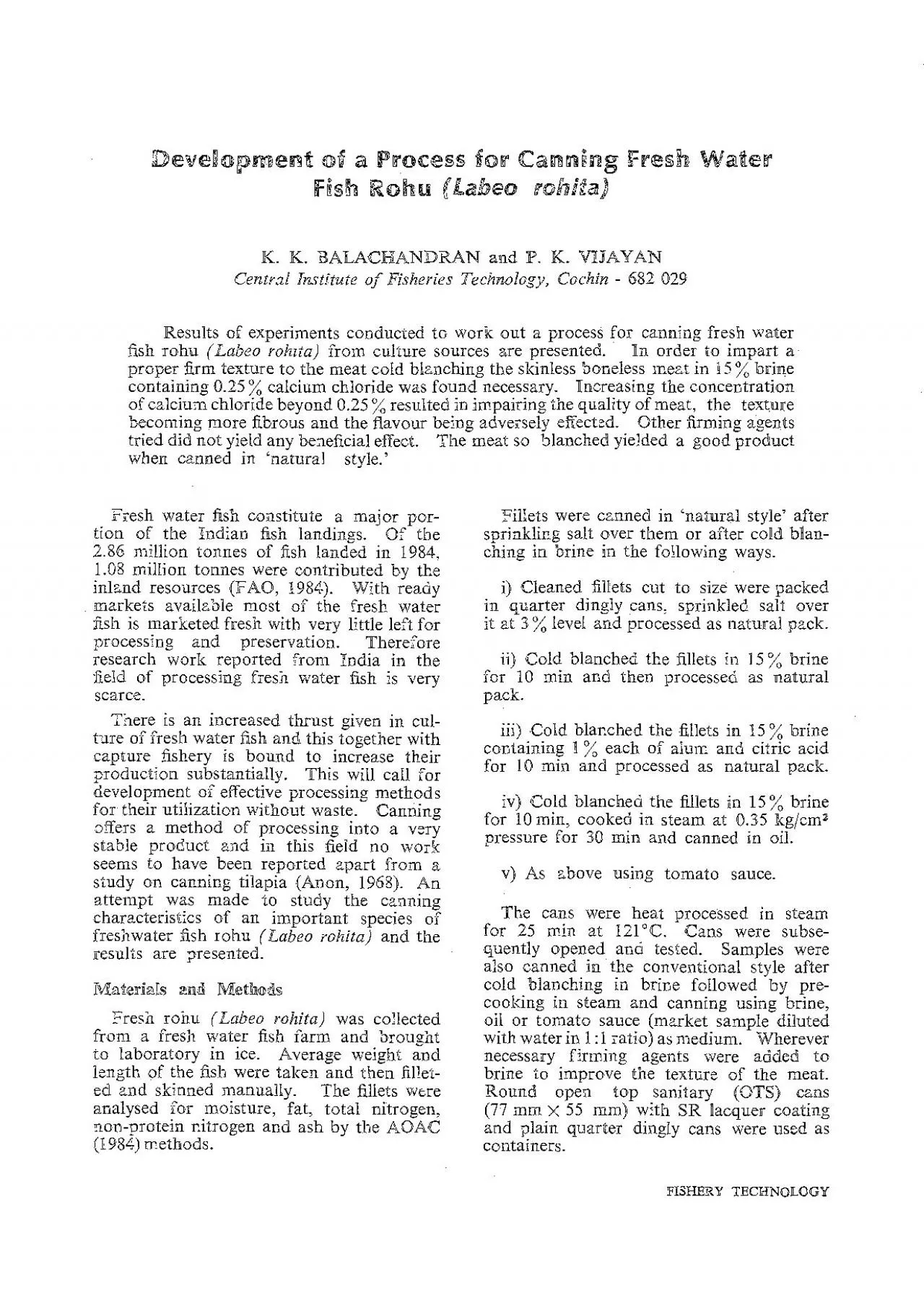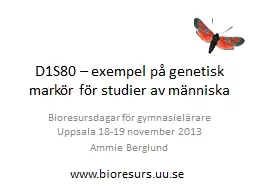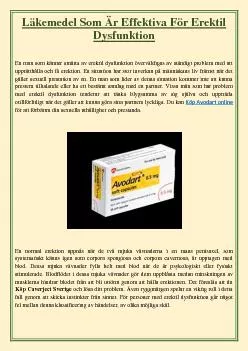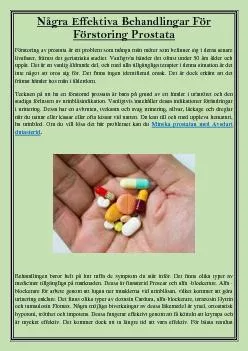PDF-PROCESS FOR
Author : bency | Published Date : 2021-07-03
A CANNING ROHU concluded that for processing a natural style canned product the fiHets of rohu may be cold blanched in 15 brine containing 025 CaCl2149 Heat processing
Presentation Embed Code
Download Presentation
Download Presentation The PPT/PDF document "PROCESS FOR" is the property of its rightful owner. Permission is granted to download and print the materials on this website for personal, non-commercial use only, and to display it on your personal computer provided you do not modify the materials and that you retain all copyright notices contained in the materials. By downloading content from our website, you accept the terms of this agreement.
PROCESS FOR: Transcript
Download Rules Of Document
"PROCESS FOR"The content belongs to its owner. You may download and print it for personal use, without modification, and keep all copyright notices. By downloading, you agree to these terms.
Related Documents














